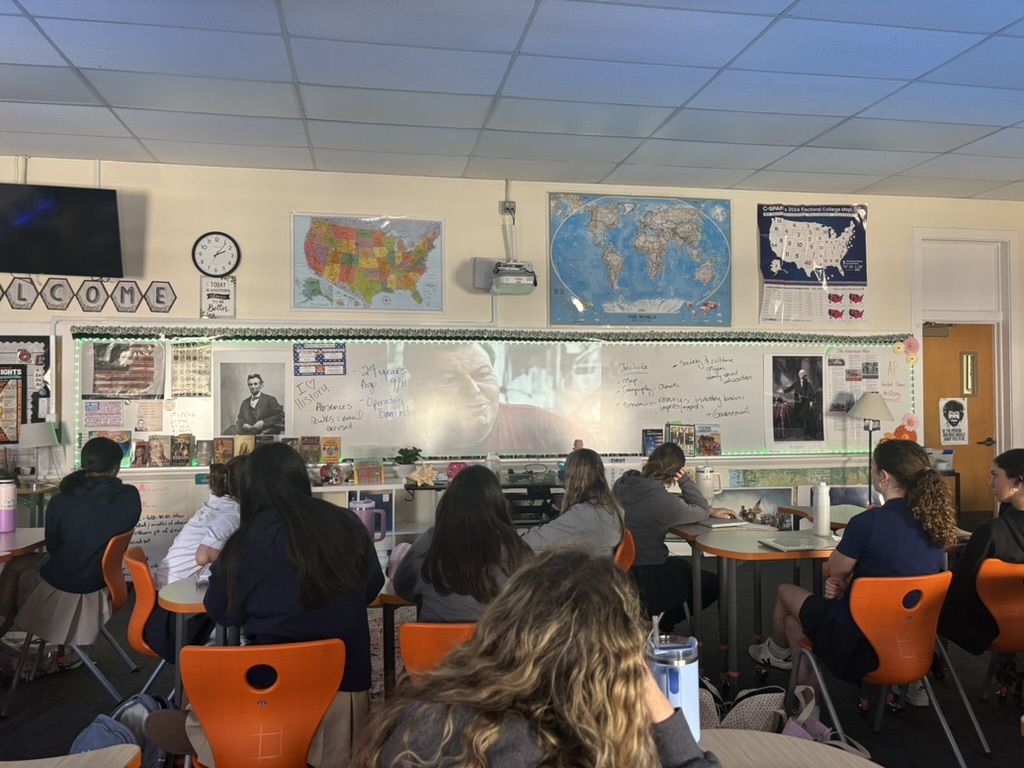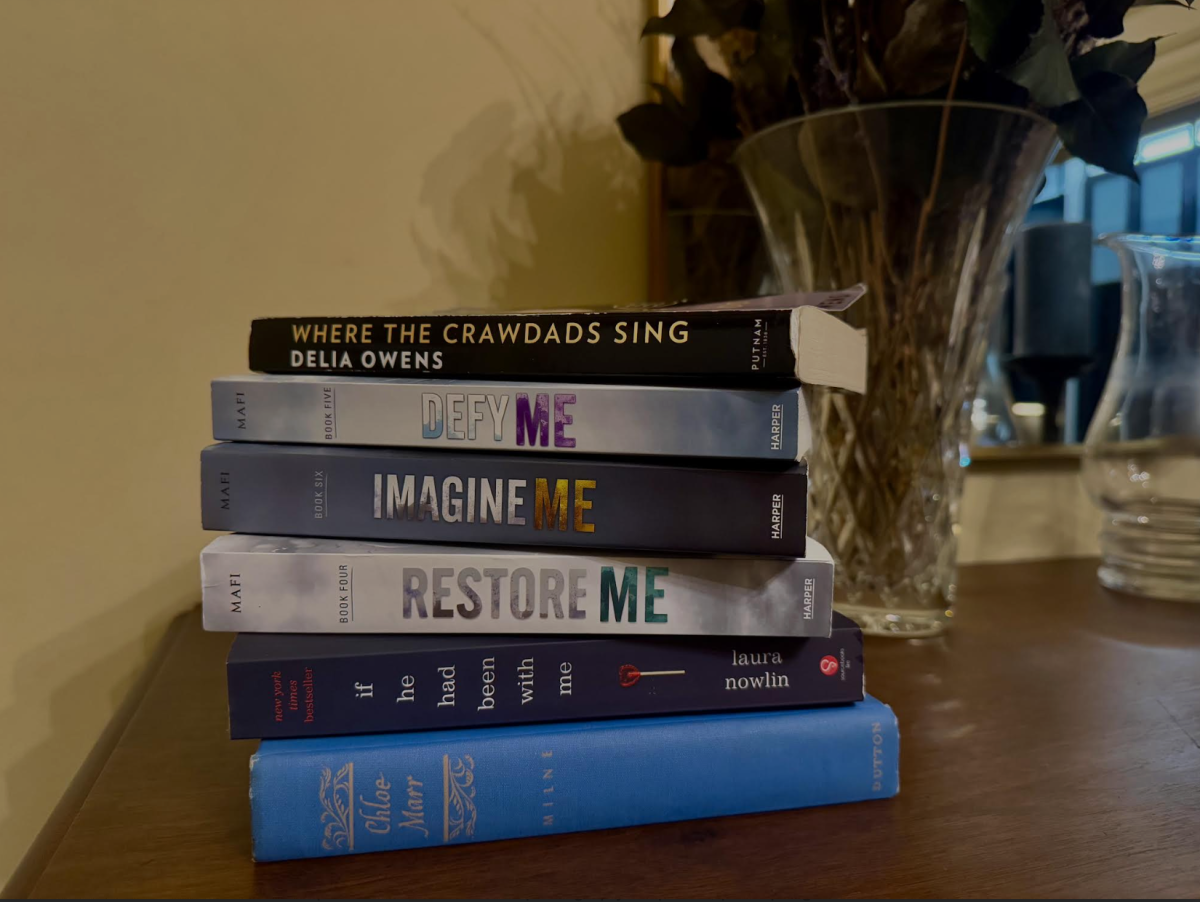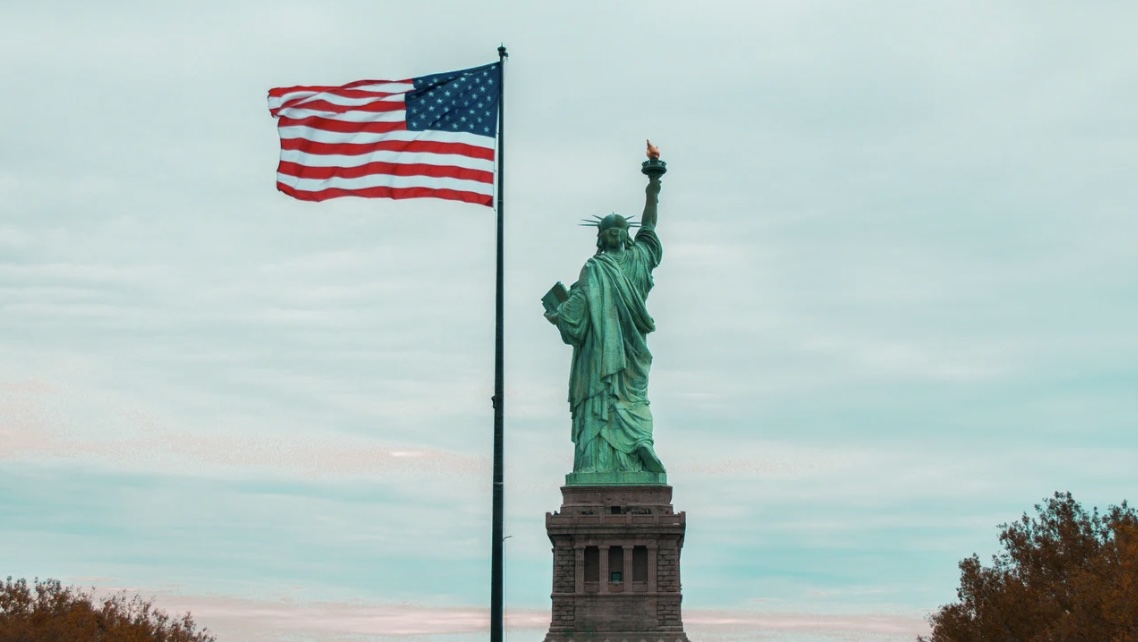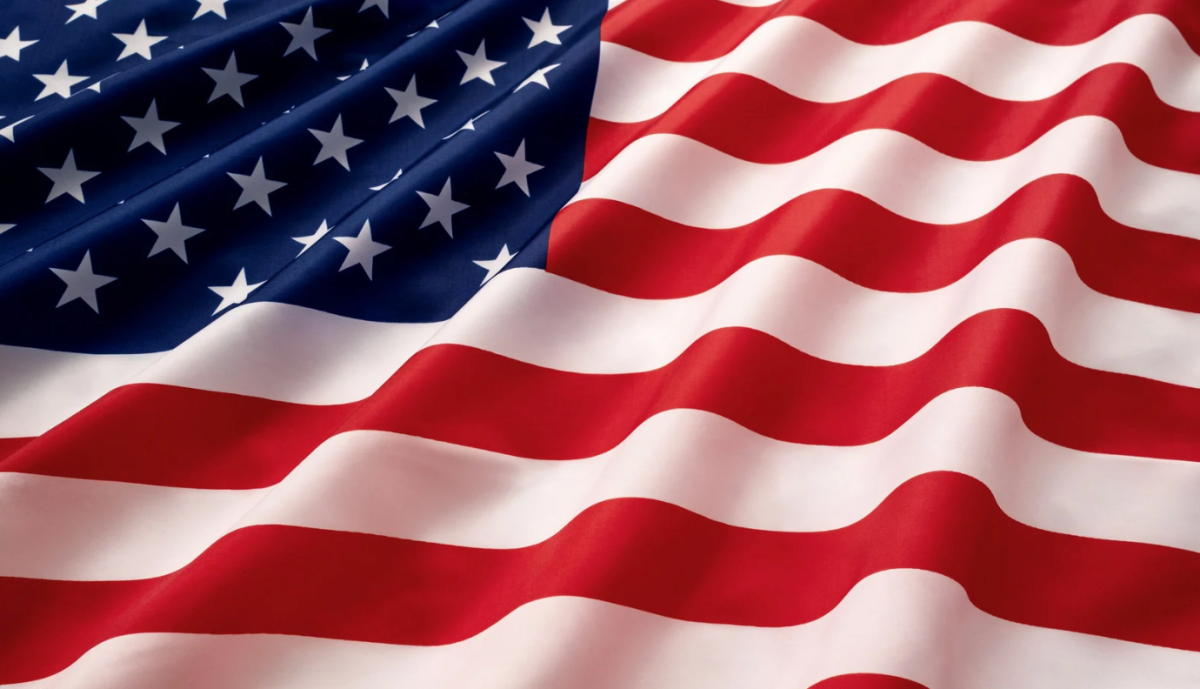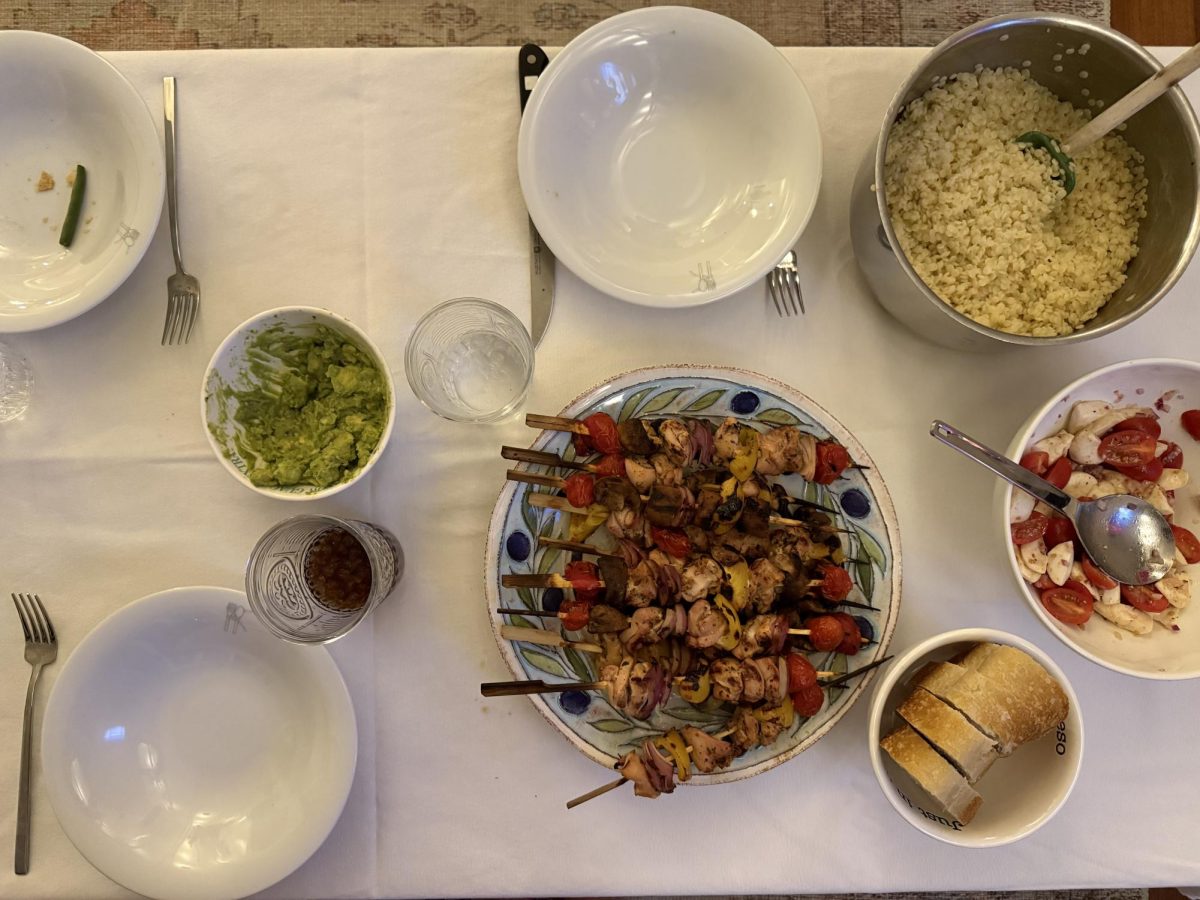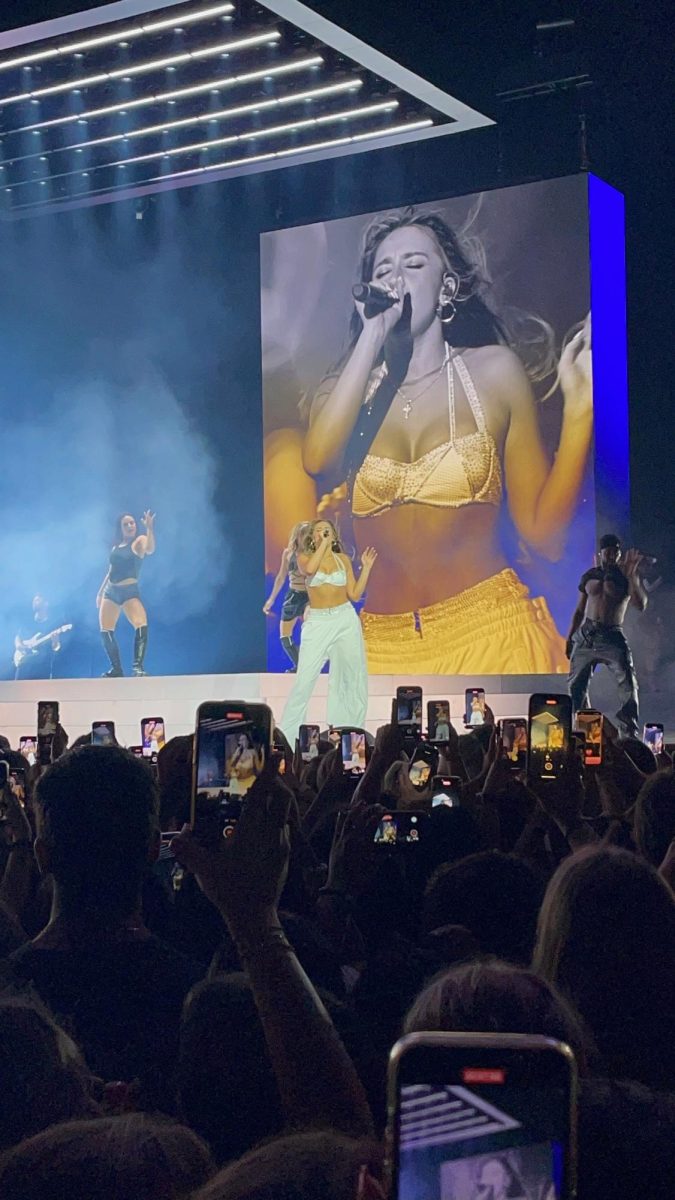Social media plays a large role in our daily lives by influencing the way we act and think. During the Valentine’s Day season especially, media can have both a positive and a negative impact on feelings and relationships for high schoolers.
The media is full of meticulously staged photoshoots, portraying an unrealistic view of what a relationship is “supposed” to look like. Feeds are filled with influencers flaunting partners, posting to just show off that they have one. Viewers can feel less worthy, feeling dissatisfied with their partner or lack thereof. They can feel as if their significant other does not care as much because they have seemingly not put in as much “effort” into their relationship. Feelings like these cause rifts in otherwise healthy connections.
Even for individuals without a romantic relationship, scrolling through social media and finding photos of couples going on elaborate Valentine’s Day excursions can reinforce feelings of loneliness and a sense of not belonging. Carefully curated pictures online of family members, friends and influencers celebrating the holiday with their loved ones can make a person feel even more isolated and rejected. Jealousy can turn Valentine’s Day into a meaningless, petty competition, rather than a day set aside to celebrate genuine care and affection for loved ones.
Because of so many influencers in the media show off exorbitantly expensive gifts, vacations, and grand gestures, some people may feel pressured to do the same, even if it may be out of their budget or not something that the recipient may truly enjoy. There are many ways to express love for another person and it does not necessarily need to be the most costly or popular gift to be meaningful.
Unfortunately, such mentioned posts on social media enforce the negative view that the only way to truly show commitment and love is to spend money or to have extravagant romantic gestures. A typical Valentine’s Day box of chocolate is now portrayed as “cheap” when compared to an ornate, pricey, three-layered chocolate selection. A hand-picked red rose is “basic,” whereas a professional flower arrangement is “the standard.” These unrealistic expectations can be incredibly detrimental to a relationship.
Teenagers, oftentimes the victims of social media, face immense pressure during Valentine’s Day. Those in relationships are praised for having a significant other, while those who are not, are forced to watch as couples post online about their plans. This unnecessary pressure is a burden and takes away from the true spirit of Valentine’s Day.
While social media can be harmful by reinforcing feelings of isolation and dissatisfaction, the opposite can also be true. The media can also be helpful for those who want to find inspiration for an activity for a significant other. There is an abundance of content geared towards helping viewers discover creative gift ideas or a unique activity to try together.
Social media is also a common way that people can express their love for one another by posting photos and showing their affection and gratitude for a good friend or a significant other. Not only can it be an easy way to show a loved one care and recognition, it can also be validating for the subject of the picture when posted out of love, instead of grabbing views.
Social media is tricky to navigate, especially during the Valentine’s Day season. While the media can be beneficial to a relationship, it can also reinforce feelings of isolation and loneliness for couples and individuals alike.



